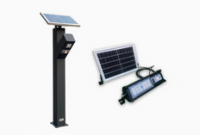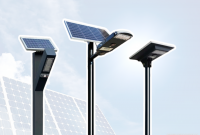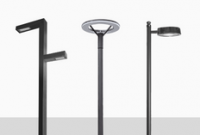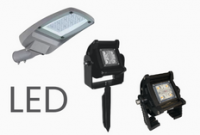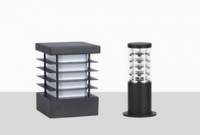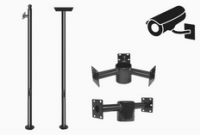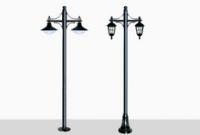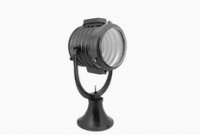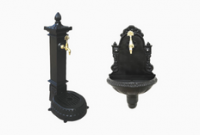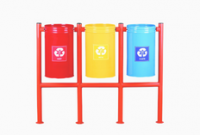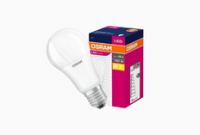
Solar systems are those type of renewable energies systems that use sun light as a source to produce energy. Simply; solar cells mainly are made from semiconductor material, which is in the fourth group of chemical periodic table. This material uses photons coming from sun to free up electrons thus producing electricity.
Solar systems has the advantage of sustainability, when compared to other oil or gas dependent energy sources. Solar systems could be connected directly to the national grid, and named as grid connected PV system. In this type customer can generate electricity from his panels, consuming what it is needed for his application ( home or building as example ) and export extra generated electricity to the grid. Also this exported electricity could be purchased from the government in some countries, as a step to encourage customers to depend more over sustainable energies.
Other type of solar system, is that which could be used in rural areas. where normal electric grid establishment and connection could be with high cost, thus there is difficulties to connect these areas to grid. Thus a PV system could be used to produce electricity during day, use what is needed directly, and store extra energies in batteries to use it during night or in time of there is little energy production as during very cloudy days. This type is called stand alone PV system or Off grid system.
Other type may be used, which is called hybrid PV system, which combine uses of both above systems together. Here a PV system is connected to the grid and store energies to battery at the same time. This is much helpful in case of areas that are connected to grid but suffers from continuous electric trimming, thus customers can not benefit much more from electricity during night or for several hours during days.

